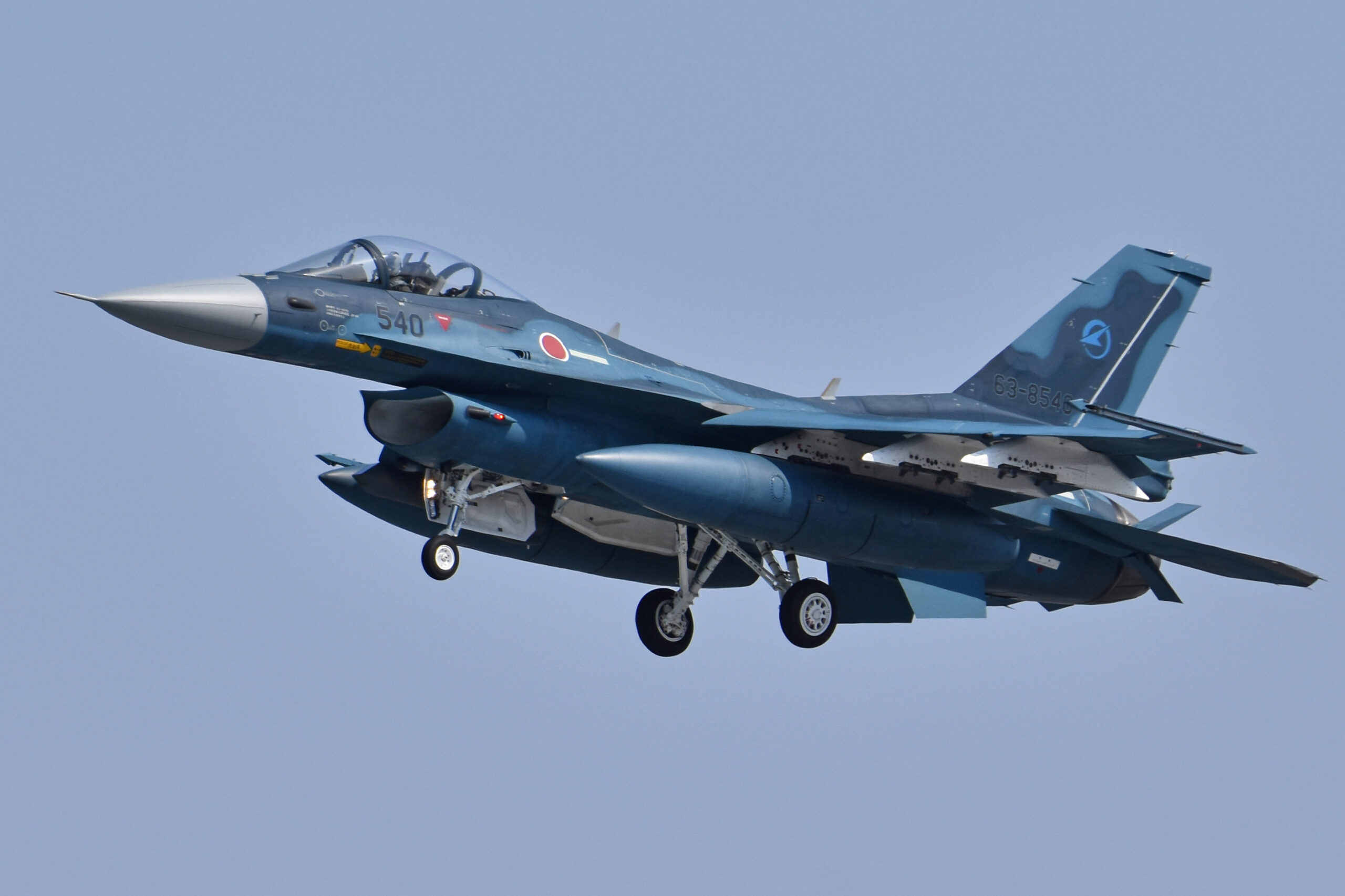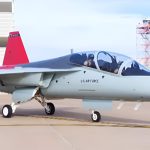Japan’s proposed defense budget for fiscal year 2022 recorded a 1.1% increase over the 2021 budget, setting a new record and marking the eighth consecutive year of increases.
This trend is due to the growing border tension with China and its alignment with the containment policy in the Pacific, led by the U.S. Linked to this, Japan is developing a new vision of its strategic policy, which is abandoning the purely defensive doctrine to gradually turn the Japan Self-Defense Forces (JSDF) into a tool with the capacity to project power beyond its jurisdictional waters.

One of the clearest examples of this change in approach is the addition of the Lockheed Martin F-35B, which symbolizes the return of the Japanese Navy’s carrier-based expeditionary capability, a capability it has not had since the end of World War II.
F-35 and Japan’s new «aircraft carriers»
The short takeoff and vertical landing F-35 Bravo will be able to operate from forward positions in the various island chains that make up the Japanese archipelago, but its main home will be aboard Izumo-class ships.

The Izumo were presented to the public and world press as helicopter-carrying destroyers, whose main function is anti-submarine warfare (ASW). But in reality, from the beginning they were designed and built with the F-35B and the MV-22 Osprey in mind. Hangar dimensions, elevator weights and deck heat resistance were configured for the deployment of a combat air wing based on the F-35 and Osprey.
Tokyo web reports that some $53 million of the new defense budget are allocated to make the necessary modifications (like Sky-Jump?) to the Izumo to make the ship ready to receive the F-35.

A sum of USD 443 million will be invested for the purchase of 4 F-35Bs, adding to the 2 aircraft acquired during FY2021.
But the number of F-35A units acquired for the Air Force is also growing, as the FY2022 budget sets aside a sum of almost USD 670 million for the purchase of 8 new units. In total, Japan is seeking to acquire 105 F-35As and 42 F-35Bs.
F-15JSI, the Japanese Super Interceptor
Announced for several years, the long-awaited and necessary upgrade of the Japanese Air Force’s (JASDF) F-15J fleet to the F-15JSI version has been postponed due to unforeseen cost increases.
But Jiji media reports that finally the budget for the F-15 modernization was approved, with an amount of more than 452 million dollars. In order to save money, it was decided not to add to them the far anti-ship capability they were to acquire from the addition of Lockheed Martin’s AGM-158 Joint Air-to-Surface Standoff Missile (JASSM).

They will incorporate AESA APG-82 radars and new state-of-the-art electronic warfare systems. But one of the main factors that make the JSI program so necessary is the repair work and «rejuvenation» of the airframes. The F-15Js are suffering from severe attrition, as interception sorties to investigate Chinese and Russian aircraft flights near their borders have increased exponentially, thus seriously compromising the operation of the Japanese F-15 fleet.
Successor to the Mitsubishi F-2, the F-X program
The program to develop Japan’s next-generation fighter has an allocated budget by 2022 of more than USD 746 million (with a total budget estimated at USD 40 billion). Part of that money will be invested engine development. This work will be carried out jointly, between Japan and the renowned UK firm Rolls-Royce, as part of a technical assistance agreement.

With all these investments in it´s defense budget, Japan seeks to consolidate a powerful and modern Air Force, which will have highly modernized F-15 interceptors, F-35A for attacking critical ground and naval targets and the F-X, which should be incorporated beyond 2035, providing a necessary technological advantage to face the 5th generation aircraft of China and Russia.
And the Japanese Amada will be transformed into a deterrence weapon by acquiring the ability to project and conduct distant naval aircraft operations, threatening the adversary’s lines of communication and logistics.














